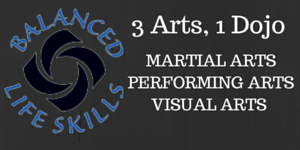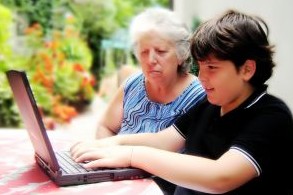 This is rather personal in that I am guessing that most people that are acquaintances, would never guess this about me – unless I told them. I find it very hard to walk into a room with people I do not know and quickly start up conversations and be comfortable. Are there others in our community like that?
This is rather personal in that I am guessing that most people that are acquaintances, would never guess this about me – unless I told them. I find it very hard to walk into a room with people I do not know and quickly start up conversations and be comfortable. Are there others in our community like that?
It is interesting that as I am talking to students about building and demonstrating confidence – this is certainly one area that is a weakness for me personally. So this week I told the students about my weakness and reminded them and myself that “confidence comes from competence & competence comes from practice”.
Our practice this week was getting the words right and practicing introducing ourselves to each other. Then just to work on our courage, some of the students went up to adults in the studio (who are parents of other students) and practiced introducing themselves to them. They did a great job. Good eye contact, firm handshake, using the correct words.
Even when we sometimes feel unsure of ourselves when we are around people we do not know, practicing and putting ourselves out there is courageous and powerful. My next time to practice is Tuesday September 16 when I will be at the Board of Education Breakfast to listen to the new School Superintendent. I must practice what we have been talking about in our classes.




 The next question is how can we use those talents to help others?Could they perform and entertain either to make money to be donated, or just to cheer someone else up? How could they use their love for animals to actually help those animals that had lost their home? What could they do a piece of art work for, how could it be used to make someone feel better?
The next question is how can we use those talents to help others?Could they perform and entertain either to make money to be donated, or just to cheer someone else up? How could they use their love for animals to actually help those animals that had lost their home? What could they do a piece of art work for, how could it be used to make someone feel better?